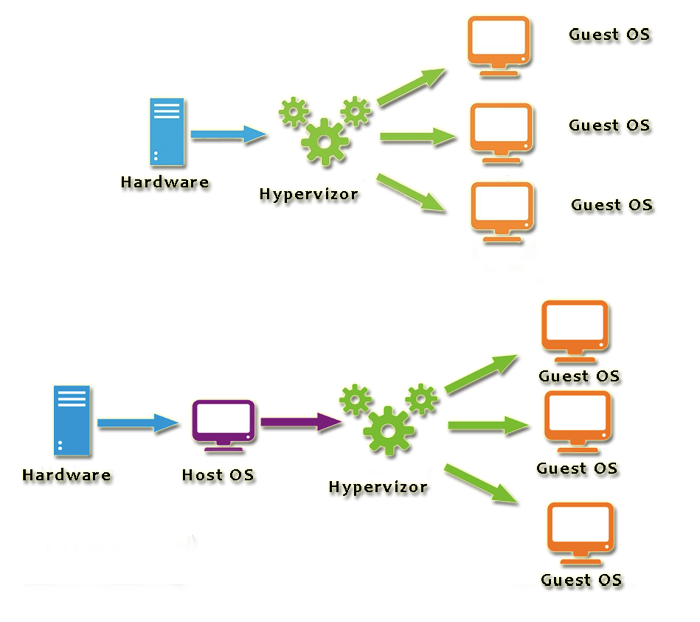Some questions if I may before we try to solve this.
1st, Why do you need windows 7 POS? Your laptop (I have an HP Omen too) is very capable to run Windows 10 just fine (try Win 10 LTSC from here). See there are several myths about what embedded can or can't do but I want to see your reason 1st before we move on.
Now some extra info on windows embedded (or IoT for win 10). One of the reasons you don't have drivers is because no one will make drivers for PoS. In normal windows, there is a framework in which you can write software that is hardware agnostic and doesn't need any hardware interaction. Look at games for example. The game isn't written for any specific graphics card, it just asks for specific things to happen (show this here and that, there) and the windows with the drivers will guide the hardware on how to do it. In windows, embedded you can write software tho for any hardware device. That poses some challenges to the coding of a driver and so companies, unless they want to sell a specific item in that particular market, avoid writing drivers as it would take a lot more resources/time for almost zero benefits.
Think of it like, Nvidia writing a 2080ti driver for windows embedded. No company will use a 2080ti in a Point of Sale system so why spend the time/money to do so? It's not exactly that simple, but just to give you an idea.
It's practically the same issue as having windows 10 running on a desktop/laptop vs a tablet. There’s so much that doesn’t need to be loaded when you have a tablet (most tablets, for example, use variations of the exact same hardware so one driver works for almost all) onto every device due to hardware limitations, memory, storage, and processing limits, and even the lack of need to support every piece of hardware ever built.
For those and many other reasons, it will be very hard to almost impossible to make it work cause that version of windows wasn't built for that.
As for the drivers in .EXE format its not that big of an issue. The .exe in almost all cases is just a self-extracting archive so all you have to do is run it, let it decompress and execute the driver on any other system (even in a VM) and copy the content of the uncompressed folder and use that as a driver. Note tho that the hardware drivers of normal windows 7 in most cases won't work with windows embedded for the above reasons even if they share a similar driver model but never hurts giving it a try.
The ACPI error is actually backward. Your UEFI is far more advanced than what your windows 7 Emb. can understand and so it comes to the conclusion that its... wrong

Some bios allow for legacy mode but I don't think that current laptops have that option anymore.


